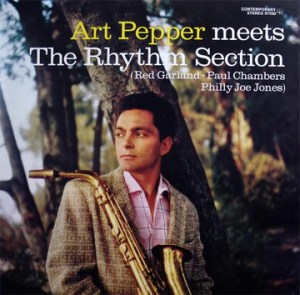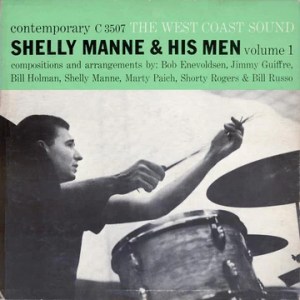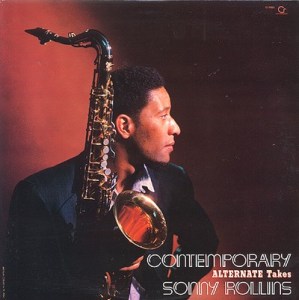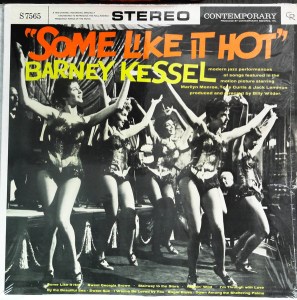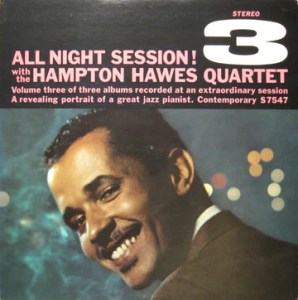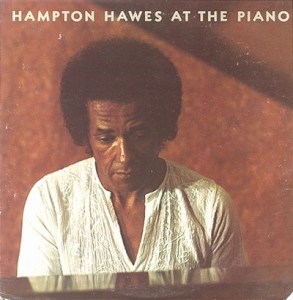 More of the Music of Barney Kessel
More of the Music of Barney Kessel
Reviews and Commentaries for the Music of Barney Kessel
We highly recommend you make every effort to find yourself a copy of this album and use it to test your system. The right pressing can be both a great Demo Disc and a great Test Disc.
The best Hot Stamper Original pressings have the Tubey Magic we’ve come to expect from Contemporary circa 1958, with that warm, rich, full-bodied sound that RVG often struggles to get on tape.
However, some pressings in our shootout managed to give us an extra level of transparency and ambience that most of the original pressings we played could not.

There’s a room around this drum kit.
So many copies don’t show you that room, not if they have the full sound that a copy like this does.
It’s amazing all the detail you can hear in a leaned-out record, but what good is that? The sound is leaned out and that means it’s ruined.
If you like that sound, buy the OJC or the CD. Leave these originals to those of us who are after this sound.
Such a wonderful idea for an album. The melodies from Bizet’s Carmen are unforgettable and perfect fodder for jazz improvisation. Don’t think that this is just guitar and rhythm. This is a full band with lots of horns, clarinets of all kinds, bassoons, oboes, flutes, piano, vibes — the variety of sounds to be found on this album is practically unlimited.
And with Roy DuNann‘s engineering, you will never hear richer, fuller sound with more accurate timbres for all the instruments mentioned above. The guy was a genius. His recordings define High Fidelity for me. I know of none better.
From an audiophile point of view, how can you beat a Roy DuNann recording of so many instruments? It’s audiophile heaven. The sound is gorgeous, all tube, live-to-two-track direct from the Contemporary studio.
(more…)
